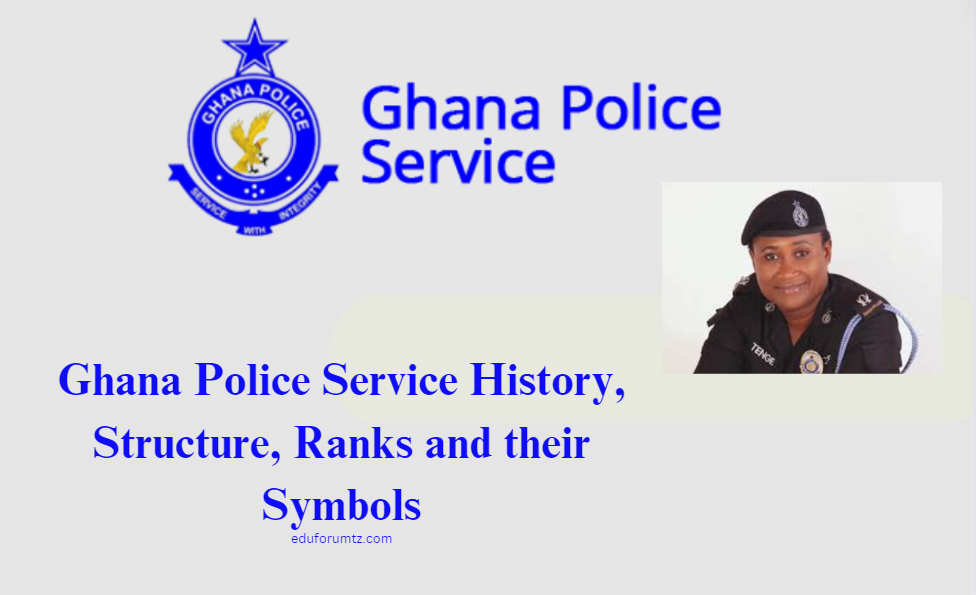Historical Overview
The origins of the Ghana Police Service lie in the British colonial period when professional policing was first introduced to the Gold Coast, now Ghana, in 1894. The passing of the Police Ordinance formalized the establishment of a local police force. Over the years, the service expanded and adapted to meet the growing needs of the colony. By 1902, the police force was structured into various units, including Escort, General, Mines Police, and Railways. Significant developments followed, including the creation of the Marine Police in 1916 and the Criminal Investigation Department (CID) in 1921.
Post-independence, the Ghana Police Service underwent various reforms to enhance its capacity and professionalism. Notable milestones include the formation of the Police Reserves Unit in 1948 following major riots and the establishment of the Wireless and Communications Unit in 1950. The introduction of a dedicated women’s section and the appointment of the first Ghanaian Police Commissioner in 1958 marked further progress in diversifying and strengthening the force.
Organizational Structure
The Ghana Police Service operates under a well-defined hierarchical structure, divided into senior and junior ranks. This structured approach ensures clear lines of authority and efficient operation.
- Senior Officers:
- Inspector General of Police (IGP): The highest rank, distinguished by a star surrounded by laurel leaves and two eagles.
- Deputy Inspector General (DIG): Second in command, identified by two eagles facing each other and a star surrounded by laurel leaves.
- Commissioner: Recognized by two stars and laurel leaves encircling another star.
- Deputy Commissioner: Noted by a star on top of another star surrounded by laurel leaves.
- Assistant Commissioner: Marked by a star encircled by laurel leaves.
- Chief Superintendent: Identified by two eagles and a star.
- Superintendent: Recognized by two eagles facing each other.
- Deputy Superintendent: Distinguished by three stars.
- Assistant Superintendent: Identified by two stars.
- Junior Officers:
- Chief Inspector: Marked by four stars.
- Inspector: Noted by three stars.
- Sergeant: Identified by three chevrons.
- Corporal: Recognized by two chevrons.
- Lance Corporal: Distinguished by one chevron.
- Constable: The lowest rank, marked by a single star.
Ghana Police Service symbols

Ghana Police Service symbols
Recruitment and Training
The GPS continually seeks new recruits to join its ranks, with applications typically advertised in national dailies and through the police recruitment portal. Candidates must meet specific criteria, including being Ghanaian, physically and medically fit, and having a clean criminal record. The recruitment process includes filling out an online application, submitting required documents, and undergoing basic police training.
The Ghana Police College, established in 1959 in Tesano, Accra, provides rigorous training for new recruits. This institution is crucial in preparing officers with the professional skills needed for effective law enforcement.
Conclusion
The Ghana Police Service has evolved from its colonial beginnings into a robust institution dedicated to ensuring internal security and upholding the rule of law. Its structured hierarchy and clearly defined ranks facilitate effective management and operation, enabling the service to meet the demands of modern policing. Understanding the history, organizational structure, and rank insignia of the GPS provides valuable insights into its role in Ghanaian society and its commitment to maintaining public safety.
Also Read;



